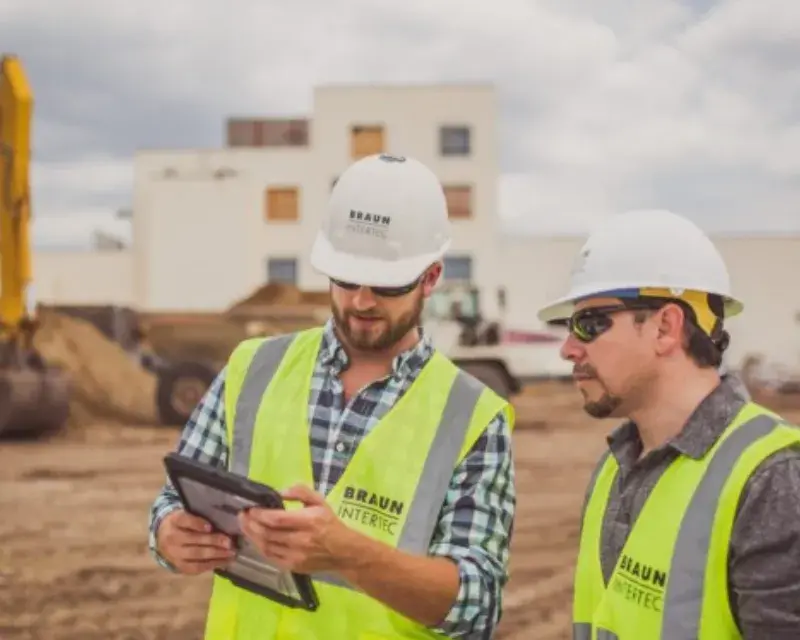Are you embarking on a construction project? Whether it’s a skyscraper or a humble home, understanding the ground beneath your feet is crucial. Let’s explore why geotechnical site investigation is a non-negotiable step in foundation design and how it ensures the safety and stability of your structure.
Do I Need a Geotechnical Site Investigation?
Absolutely! A geotechnical site investigation is your project’s compass. It provides indispensable insights into soil properties and ground conditions, guiding you to make informed decisions about foundation design. Ignoring it is like setting sail without a map—it’s risky business.
Foundation Design and Site Investigation Process
The journey to a sturdy foundation begins with a thorough geotechnical site investigation. Here’s how it unfolds:
Desk Study: Delve into existing geological and geotechnical data to understand the local terrain. Think of it as peering into history books to uncover clues about the land’s past.
Field Investigation: Geotechnical engineers roll up their sleeves and head to the site. They drill, sample, and test the soil to get firsthand insights into its properties and stability. It’s like a treasure hunt, but the gems they find are crucial data points.
Laboratory Testing: Back in the lab, soil samples undergo rigorous testing to unveil their secrets. From particle sizes to strength, every detail matters in deciphering the soil’s behavior.
Data Analysis and Reporting: Armed with data, engineers analyze and crunch numbers to understand the soil’s quirks. This knowledge forms the bedrock of foundation design decisions.
Minimizing Damage and Increasing Safety
Geotechnical site investigation isn’t just about knowing the soil—it’s about safeguarding your investment and ensuring safety:
Foundation Type Selection: Understanding soil conditions helps pick the right foundation type. It’s like choosing the perfect shoes for different terrains—ensuring a snug fit and minimizing the risk of stumbling.
Risk Mitigation: Identifying potential hazards early allows engineers to craft strategies to navigate them. It’s akin to mapping out detours before embarking on a road trip, ensuring a smoother journey.
Optimized Design Parameters: By grasping soil characteristics, engineers can fine-tune design parameters for foundations that stand the test of time. It’s like tailoring a suit—ensuring it fits perfectly and doesn’t fray at the seams.
How Geotechnical Tests Are Carried Out
Geotechnical tests are the tools of the trade, revealing soil secrets through a mix of field and lab techniques. From poking the ground with probes to scrutinizing soil samples under microscopes, each test unveils a piece of the puzzle.
Increasing Project Safety Through Site Investigation
Geotechnical site investigation isn’t just about data—it’s about safety nets:
Designing with Confidence: Armed with accurate soil data, engineers design foundations that can weather any storm.
Risk Navigation: By identifying and mitigating risks early, projects sail smoother seas.
Ensuring Long-Term Stability: Understanding soil behavior ensures structures stand strong for generations.
Conclusion: Building on Solid Ground
In a nutshell, geotechnical site investigation is your project’s North Star. It ensures you build on solid ground, mitigating risks, and ensuring the safety and stability of your structures. So, before you lay the first brick, dig deep into the ground—because a strong foundation is the bedrock of every successful project.






